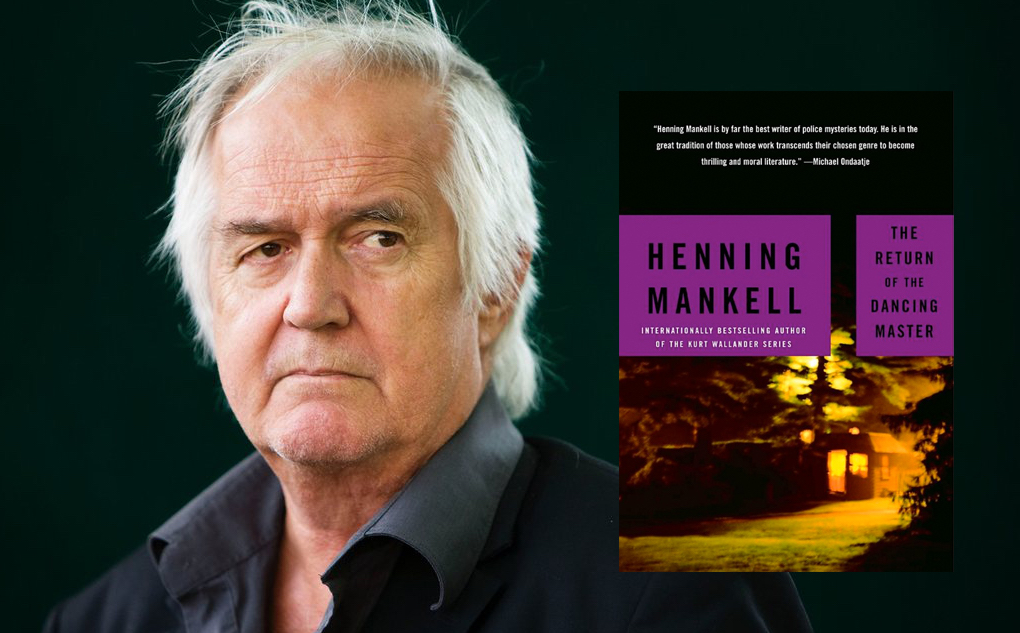“The Return of the Dancing Master” by Henning Mankell
June 5, 2012

The late Henning Mankell is the author of the popular Kurt Wallander crime novels. He died in 2015. Photograph by Murdo Macleod for The Guardian
Henning Mankell is the modern master of the intellectual thriller.
He’s not for everyone but he surely does satisfy. I think The Return of the Dancing Master is perhaps his best book. It is eerie and psychological and gripping and evocative and all the sorts of things you want in what is essentially a gorgeously written and insightful Nordic Noir murder mystery.
Henning Mankell was born in Stockholm in 1948. He has worked as an actor, theatre manager and director in Sweden and in Mozambique. His third wife is the daughter of Ingmar Bergman. Mankell died of lung cancer in 2015 at the age of 67. He is best known for the creation of his methodical and slightly depressive protagonist, Inspector Kurt Wallender. These novels present the larger context of Sweden in the midst of social change as contrasted with the conflicted inner life of his characters who are trying to cope. The plots are intricate and are not filled with cliches. The insights into human nature, revealed along the pathway of the unfolding mysteries, are as ingrossing as the overarching narratives.
Although this book does not feature Mankell’s best known character, Kurt Wallander, The Shoes of the Dancing Master is a brilliantly plotted book. This excerpt will give you a good feel for Mankell’s style: “He stood at the window, looking down over Allégatan. He could hear fru Håkansson playing the piano in the flat downstairs. This was a regular occurrence, every day except Sunday. She played the piano from 11:15 to 12:15. Always the same piece, over and over again. There was a detective inspector at the police station who was interested in classical music. Once, Lindman had tried to hum the tune for him, and the inspector had said without hesitation that is was Chopin. Lindman had later bought a record containing that particular mazurka. For some time when he was working nights and sleeping during the day he would try to put the record on simultaneously with fru Håkansson’s playing, but he had never managed to get the two versions synchronized. She was playing now. In my chaotic world, she’s the only thing that is unchanging, he thought. He looked into the street. The self-discipline he had hitherto taken for granted didn’t exist any longer. It had been sheer idiocy to break into Wettertedt’s flat. Even if he’d left no trace behind, even if he’d taken nothing other than a piece of knowledge he would have preferred to be without.”
His books bounce back and forth from what [for me] are very exotic and unlikely locations like Sweden and Africa. Talk about a contrast, with locations like these consider how fresh the material can be. I can only imagine how powerful his writing must be in the original Swedish. His translations, however, by the gifted Laurie Thomson, are brilliant. The language is spare and elegant like the best of Swedish design. If you like to binge on an author, like I do, you are in luck. Mankell has an entire series of prize-winning Nordic Noir crime novels. So if you like the first you’ve got “a great read” for a couple of months. Don’t take my word for it. Michael Ondaatje (The English Patient) loves him and so does the painter Jim Dine. The London Times says of The Return of the Dancing Master, “Absorbing, chilling and dripping with evil atmosphere.” Here is a sample:
You can browse and search part of this book by using the device linked here:




